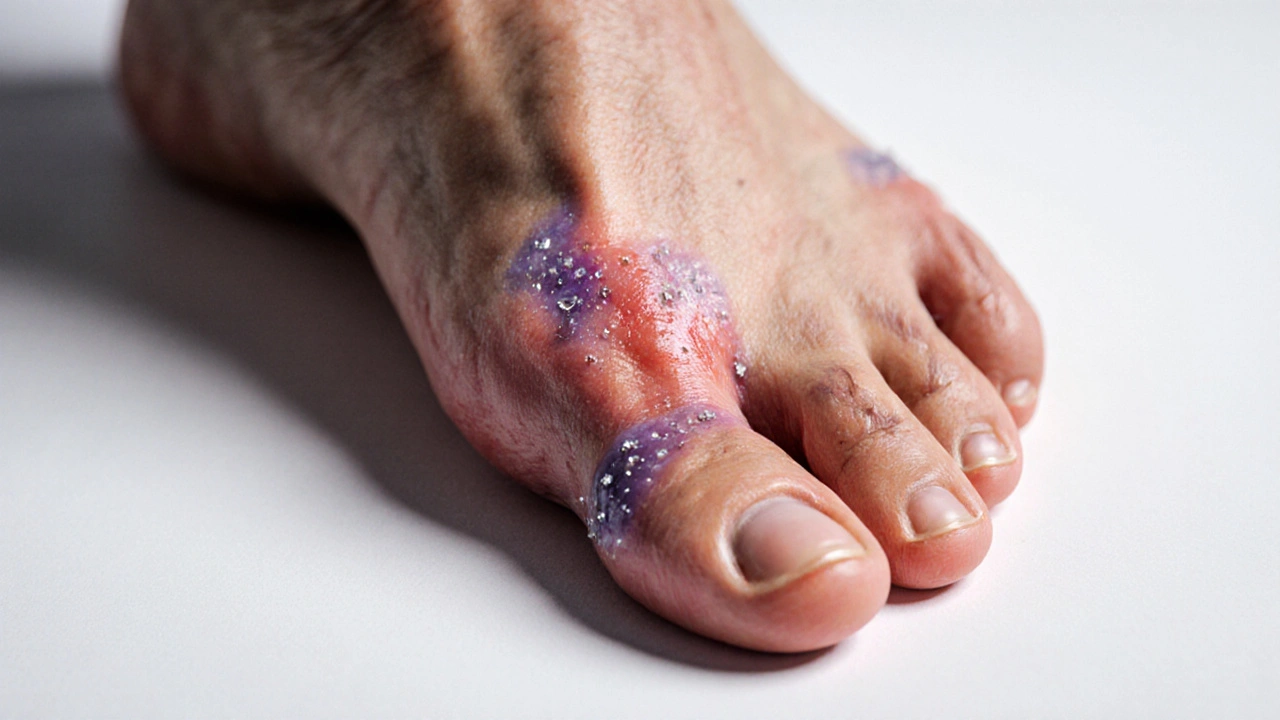Joint Protection: Best Ways to Shield Your Joints from Pain and Damage
When you think about joint protection, the practice of preserving joint function and reducing wear to prevent pain and disability. Also known as joint health maintenance, it’s not just for older adults—it’s something everyone should start thinking about by their 30s. Your knees, hips, shoulders, and hands are made to last, but daily stress, poor movement habits, and inflammation can wear them down faster than you realize. Joint protection isn’t about avoiding movement—it’s about moving smarter, supporting your body with the right nutrients, and catching problems early.
One major threat to joint protection is arthritis, a group of conditions causing joint inflammation, stiffness, and cartilage breakdown. Also known as osteoarthritis when it’s due to wear and tear, it affects over 50 million adults in the U.S. alone. But arthritis doesn’t come out of nowhere. It’s often fueled by chronic inflammation, excess weight, repetitive strain, or even certain medications. That’s why joint protection starts with what you eat, how you move, and what you avoid. For example, turmeric and black pepper can help reduce inflammation—but if you’re on blood thinners, that combo can be risky. And while drugs like candesartan or lisinopril help manage high blood pressure, they don’t fix joint damage. You need a direct approach.
Joint protection also ties into joint supplements, oral products like glucosamine, chondroitin, or collagen designed to support cartilage and reduce discomfort. People take them hoping to delay surgery or avoid painkillers, but not all supplements work the same. Some have real science behind them; others are just expensive flavoring. And then there’s joint mobility, the ability to move your joints through their full range without pain or restriction. Mobility isn’t just stretching—it’s controlled strength, balance, and muscle support around the joint. Weak muscles mean more pressure on your knees and hips. That’s why exercises that build stability matter more than long walks if you’re serious about protecting your joints long-term.
What you’ll find in these articles isn’t guesswork. It’s real comparisons: how certain medications affect inflammation, which foods help or hurt your joints, and what actually works when your knees start creaking. You’ll see how rheumatoid arthritis links to other conditions, why some supplements interact with blood thinners, and how simple habits can stop joint damage before it starts. No fluff. No hype. Just clear, practical info to help you keep moving—without pain.
- Archer Pennington
- 16
Gout Joint Protection: Proven Tips to Prevent Joint Damage
Learn practical gout joint protection tips: monitor uric acid, choose the right meds, adjust diet, adopt safe exercises, and protect joints to prevent lasting damage.
Read more
